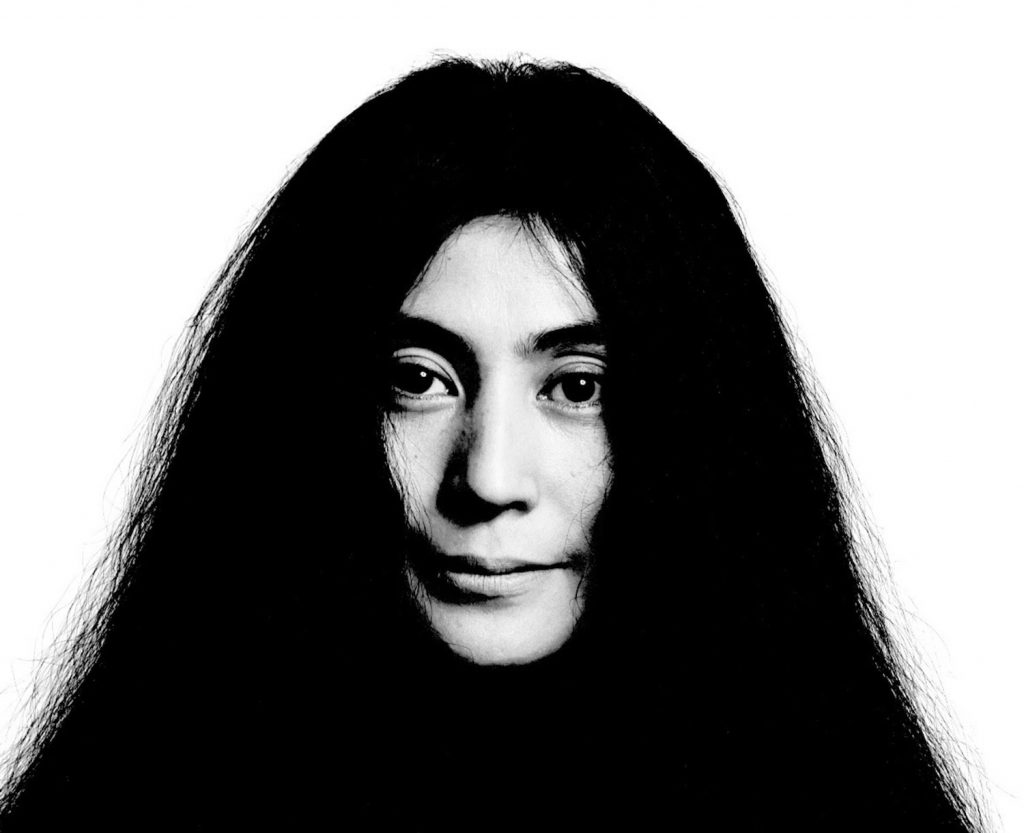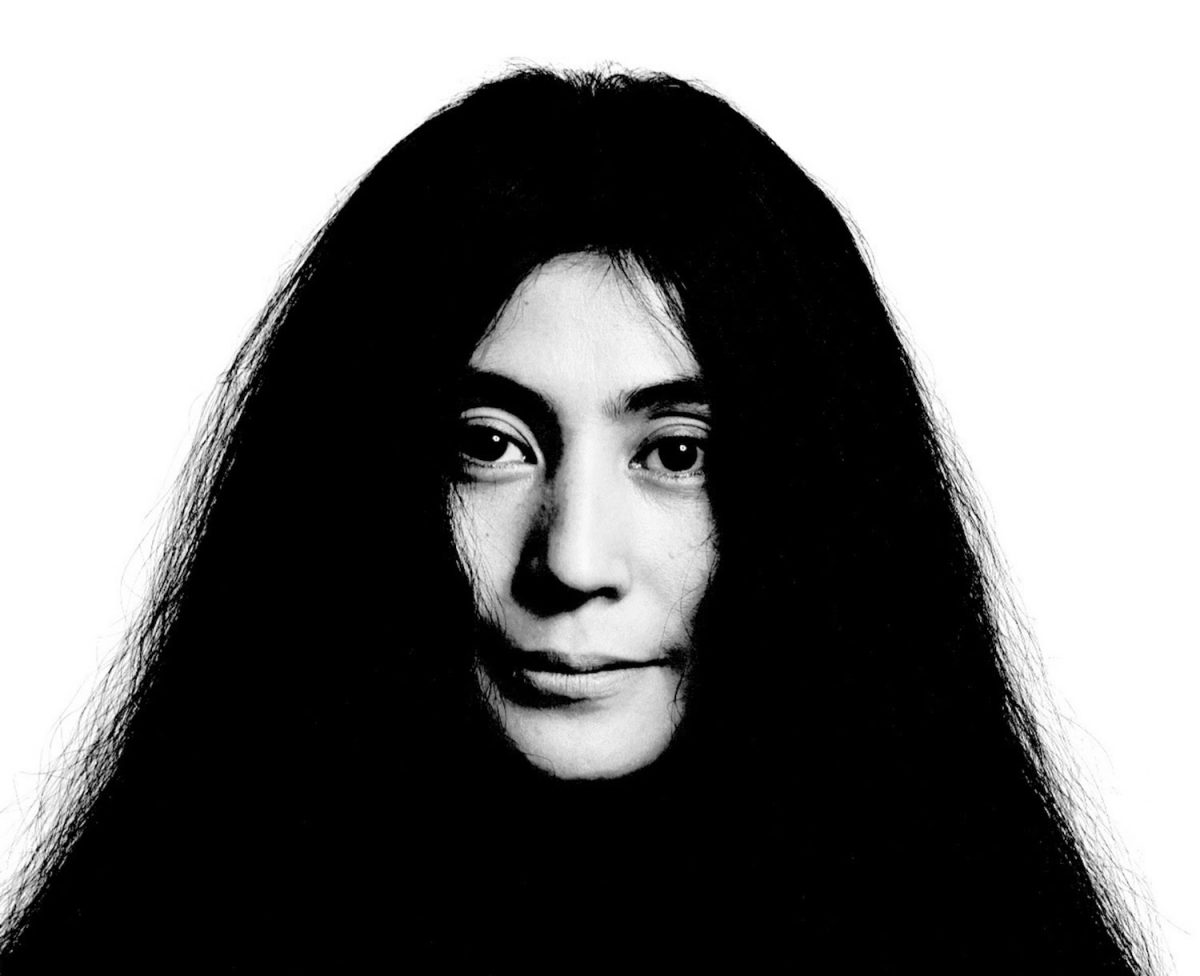Richard Barone is an example to all of us who get trapped in our daily grind. He seems to be the perpetual glass-half-full kind of guy. He admits he feels pretty much the same way he did 30 years ago when Barone on lead vocals and guitar along with bassist Rob Norris and drummer Frank Giannini gave birth to the Bongos, a wonderful, jangly power-pop combo that could light up any room with its overflowing energy. It’s difficult to believe that their new album, Phantom Train (Jem), is not really new at all. With guitarist James Mastro added to the band, it was cut in 1985 and 1986 and has languished on the shelf ever since. Barone has also kindly agreed to serve as guest editor for magnetmagazine.com all week. Read our brand new Q&A with him.

Barone: In the entire history of rock, there is no single artist in any genre who has been as consistently interesting as Yoko Ono. Think about it. In 1964, the same year that the four Liverpudlians were singing “I Want To Hold Your Hand” on Ed Sullivan, Yoko was performing experimental music at Carnegie Hall, staging her “Cut Piece” (audience members were requested to come onstage and begin cutting her clothing until she was naked), and publishing her first book Grapefruit (the prescient first word on numerous pages: “imagine”). Is it any wonder John Lennon, upon meeting her in 1966, was more than a little intrigued? When I heard her track “Why” from her first Apple solo album, I was both knocked off my ass and hooked. All these years later and her new album, Take Me To The Land Of Hell (on her son Sean Lennon’s Chimera Music) does the same thing. It is completely now, as hip and indie and cool as anything out there. And she’s 80 years old. Please, can you tell me of any other artist who has had 10 number-one dance hits—seven in a row—after age 70? I was talking about Yoko with my friend and mentor, legendary filmmaker Jonas Mekas, and he said, “From her very first arrival in New York, beginning with her Chambers Street loft (where LaMonte Young and John Cage performed), she has been one of the moving spirits of the New York art scene. Very often, those who write about New York art scene of the ’60s seem to forget her input into the energy of the period. And I have to say that Yoko Ono’s influence on John Lennon was more decisive than John’s influence on the work of Yoko Ono, and Grapefruit is the sublime unsurpassed masterpiece of conceptual art. She is a tireless, inspiring spirit!” Jonas knows. He’s seen it all. And I haven’t even mentioned her activism. Effective activism. For peace. For feminism. For same-sex equality. For environmentalism. To my mind, she does what an artist is supposed to do. When I was growing up, awkward and sometimes misfit, her dignity in the face of apparent prejudice and hatred from the media and the public was inspirational. Yoko recently performed at the Bowery Ballroom in New York, and she was stunning, varied, natural and in the moment. Sean rocked just as hard, and is himself a brilliant musician and Plastic Ono Band leader. He’s the most sensitive accompanist to his mom since, well, his dad. The show went from techno to experimental to near-metal to sweet eerie ballad to deep blues (guitarist Earl Slick joined for a few songs) with nary a seam. Yoko, thank you. Your influence reaches deeper than we, or you, even know.







